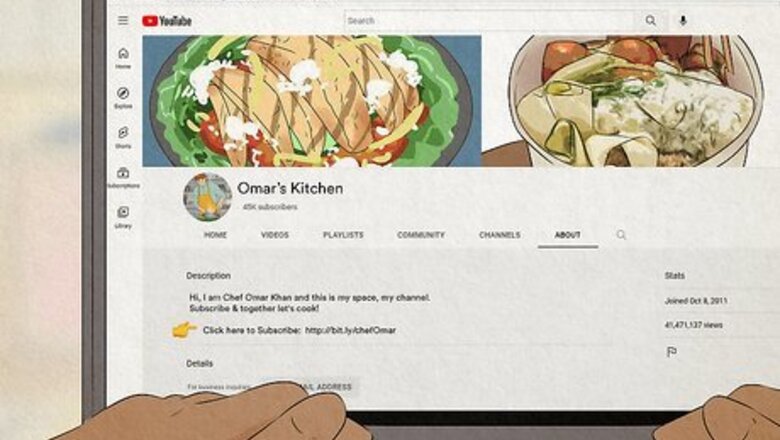
views
- Prepare your channel to get sponsored by making sure the channel banner and video thumbnails are all consistent and appear professional.
- Make sure you have a good audience to increase your chances of getting sponsored.
- If you can't land a sponsorship, there are plenty of other ways that you can make money from your YouTube channel!
Getting Sponsored
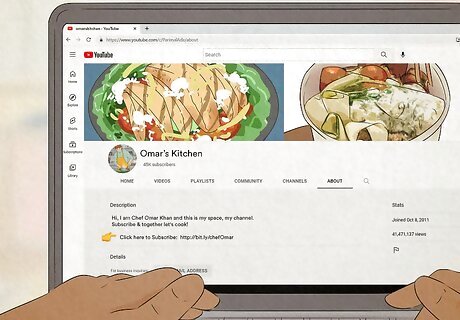
Make sure your channel looks professional. Consistency appears professional, so you can look bad if the colors in the logo on your channel's banner don't match the colors in your profile picture. You want to aim for 3-5 elements on your banner so it looks smooth and manageable. The thumbnails for your videos should all be simple but eye-catching like you've researched for the best thumbnails that you should use. You can use an online tool like Canva to make your YouTube thumbnails. You should also have a short video (maybe 20-40 seconds) that briefly introduces yourself and your YouTube channel to the viewer. Use playlists to your advantage. Categorize different types of videos, and you might impress a company enough to sponsor you. Also include your business contact information on your page. Add it to your channel description or go to https://studio.youtube.com, click Profile and edit the information there. Small channels can also follow these steps to increase their chances of getting a sponsor! Look at channels like The Adventure Junkies or Mira in the Wild for examples of good banners and channel cohesion.
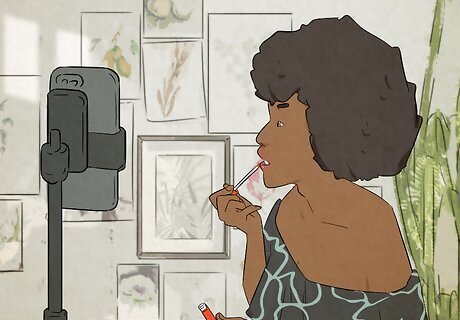
Build your audience and content. While you don't need a million subscribers, YouTube sponsors are looking for a good audience. You should have more than 1,000 followers before looking for a sponsor. Don't have a lot of followers? Increase your fanbase with these steps. By defining and creating niche content, posting consistently, providing quality videos, and using YouTube's SEO and CTA, you'll grow your subscriber base in no time. A good tip to creating good videos from home is making your own recording studio.

Create a media kit. It's sorta like a resume for your YouTube channel and should include the following information: Audience demographics Content niche Past brand sponsorships YouTube metrics (like the number of hours others watch your channel and how many subscribers you have) Links to your website, blog, or other social media channels Canva is a great place where you can create media kits and they have plenty of templates for you to choose from.

Think of who you want to sponsor your channel. Make a list of about 100 companies that you want to sponsor your channel, but make sure they align with your current niche. For example, if your channel focuses on gaming reviews, a sponsorship that leads to healthy eating videos might prompt you to lose subscribers and annoy your followers. Take some other factors into consideration. Does that company have the budget to offer sponsorships? If they are a smaller company, they might not have the extra funds to maintain a paid sponsorship, but maybe working with them for free will pay off later? You can see if the company has worked in the past with influencers, so maybe they will be able to sponsor you. Alternatively, sign up for places where companies will take the initiative to sponsor you like YouTube BrandConnect, Grapevine Village, and Channel Pages.
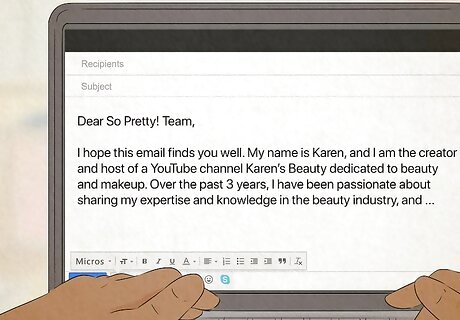
Send out emails to companies for sponsorships. Most companies, like Allbirds shoe company and NordVPN, have links on their sites for sponsorship programs and affiliates. You can also use tools like RocketReach or Hunter to send out emails if their website does not have links. If their site doesn't have links, but has a place that lists titles and contact information, you want to look for someone with a title like "Influencer Market Manager" or "Head of Influence Marketing." Alternatively, look into sponsor networks or influencer agencies. These will take care of the research you'd need to do to find sponsorships and simply offer sponsorship opportunities to you when they get one. Some examples of popular influencer agencies are TapInfluence, Aspire IQ, Mavrck, Whalar, Fohr, and IZEA. Once you've heard back from the company you want to sponsor your YouTube channel, your work isn't done yet. You'll need to agree on rates and compensation and then finish the paperwork before you can start making money.
Types of YouTube Sponsorships
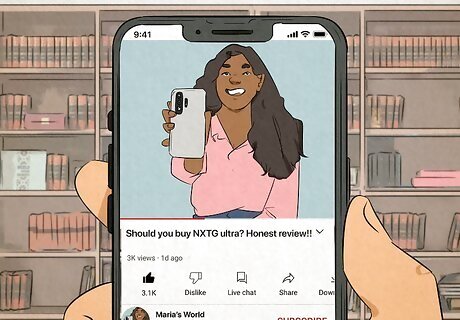
Product reviews. Since smaller YouTube channels don't generally have a large following, reviewing products or services is a good way to grow an audience. A lot of YouTube stars have gotten their start this way. Product reviews and unboxing videos are very popular! You might get monetary compensation for these videos, or you'll instead get a free product.
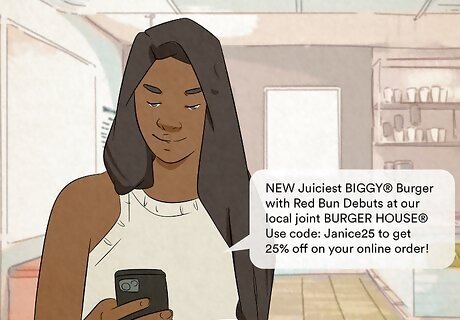
Affiliate sponsorship. The brand you are promoting will give you a link or a referral that you put in the description of your video; every time someone clicks the link and makes a purchase, you get a commission. This type of sponsorship is the easiest to obtain and the best option for smaller YouTube channels to make money. The best way to incorporate an affiliate link is to review or promote the product in your video, then draw the audiences' attention to the description for the link.
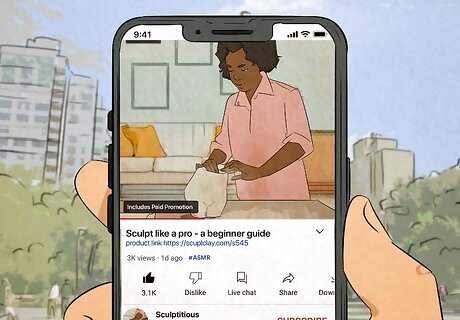
Paid sponsorship. Also known as exclusive brand deals, this type of sponsorship is easily the most lucrative. In this case, sponsors pay you a flat fee to promote their brand or services on your channel. However, these deals are difficult to find and hard to finalize; they often have more specific demands than affiliate links or product reviews.
Alternative Ways to Monetize Your Channel
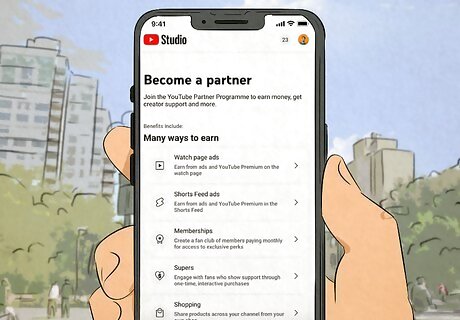
Use YouTube ads. If you have over 1,000 subscribers and 4,000 hours of watch time, then you can apply to the YouTube Partner Program. Doing so will enable ads on your videos so you can get paid based on the number of views.
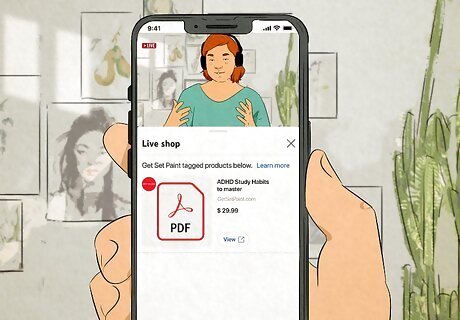
Sell digital downloads and courses. If the YouTube videos you're making seem like shorter versions of longer videos, you can offer the longer video for an additional fee. Or if your channel specializes in wildlife photography, you can write an ebook that gives the readers tips for capturing the best of wildlife in a photograph. With the YouTube channel, you already have a loyal fanbase or audience that you can use to sell your downloads and digital content.
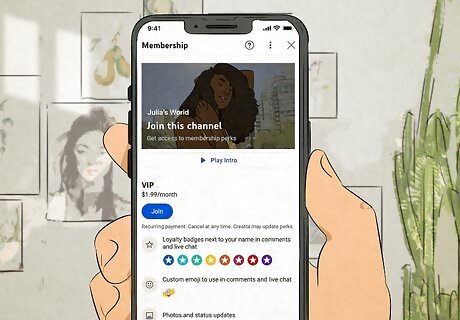
Offer memberships and paid communities. Subscribing is free, but you can offer your audience a paid membership, which includes special features like members-only live chats, early access to new videos, and behind-the-scenes content. This membership money goes right into your pocket! If you have a paid community, like with Patreon, you can suggest that the audience on YouTube pays for that membership for more exclusive perks like members-only chats, special emojis, and access to Patreon-specific merchandise.
FAQ

How many subscribers do you need to get sponsored? You most likely shouldn't approach companies until you have over 1,000 followers. Use the YouTube Partner Program as a guideline for when you're ready for sponsorships.
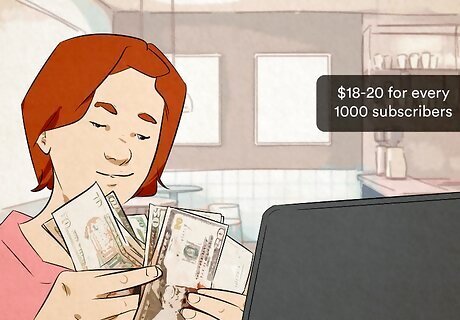
How much do sponsorships pay? It varies depending on some factors: how many subscribers you have, how many of your videos and the watch time, your audience engagement, and the type of sponsorship all affect how much you'll make. Usually, the suggestion is that you'll make $18-20 for every 1000 subscribers you have.
















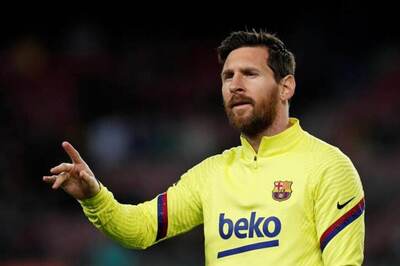



Comments
0 comment